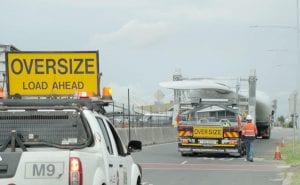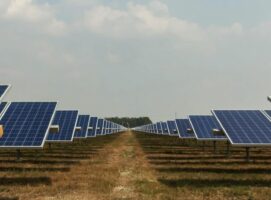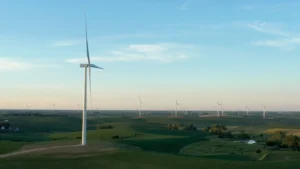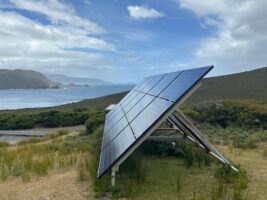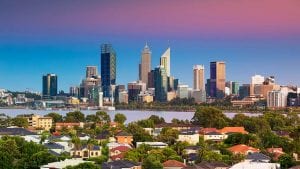Carnegie Clean Energy has closed the chapter on a choppy half-year, reporting a net loss for the period ending December 31 of just over $1.2 million.
The company’s interim results, which also reported a slight year-on-year increase in revenue to $158,276, reflect six months where the company’s main earner, the Garden Island microgrid in Western Australia, was switched off.
The micro-grid – which features a 2MW solar array and and 2MW/0.5MWh of battery storage and is used to power the HMAS Stirling naval base off the port of Fremantle south of Perth – was disconnected in early April of 2020, due to infrastructure issues on the base.
At the time, Carnegie said those issues were expected to be resolved within the quarter, although the company stressed that this would be “subject to progress on Defence’s upgrades… largely outside Carnegie’s control.”
As it turned out, the microgrid was not reconnected to the naval base until December, with normal operations at Garden Island resuming in January 2021, effectively taking it out of the equation for the entire half-year reporting period.
In more positive news, Carnegie said it had progressed the development of its proprietary CETO wave energy technology, including advancing innovation opportunities that had the potential to improve its performance through greater energy capture, more efficient conversion into electricity, higher system reliability, and reduction in cost.
“Key progress was made on the development of Carnegie’s Intelligent Control products, power take-off system and hydrodynamic simulations supporting the advancement of the CETO architecture,” the company said in its interim results statement.
Carnegie said it had also developed a machine learning based Wave Predictor during the half-year period, that was capable of predicting waves up to 30 seconds into the future.
The company said the Wave Predictor had been validated in a wave tank testing campaign at the Cantabria Coastal and Ocean Basin in Spain, and represented a key step towards the creation of a new Intelligent Control System for the CETO technology.
Other wins included Carnegie’s CETO technology being awarded $850,000 in funding from the Blue Economy Cooperative Research Centre (CRC), to go towards a Carnegie-led Mooring Tensioner for the Wave Energy Converters Project.
The project, a collaboration with Advanced Composite Structures Australia, University of Queensland and ClimateKIC representing the Australian Ocean Energy Group, aims to develop a novel Mooring Tensioner, a component of the PTO (Power Take-Off).
Carnegie also attracted the attention of Microsoft, which awarded it an AI for Earth grant to support further development of the Wave Predictor, including a sponsored Microsoft Azure account and credits for Azure compute consumption up to $US15,000.


